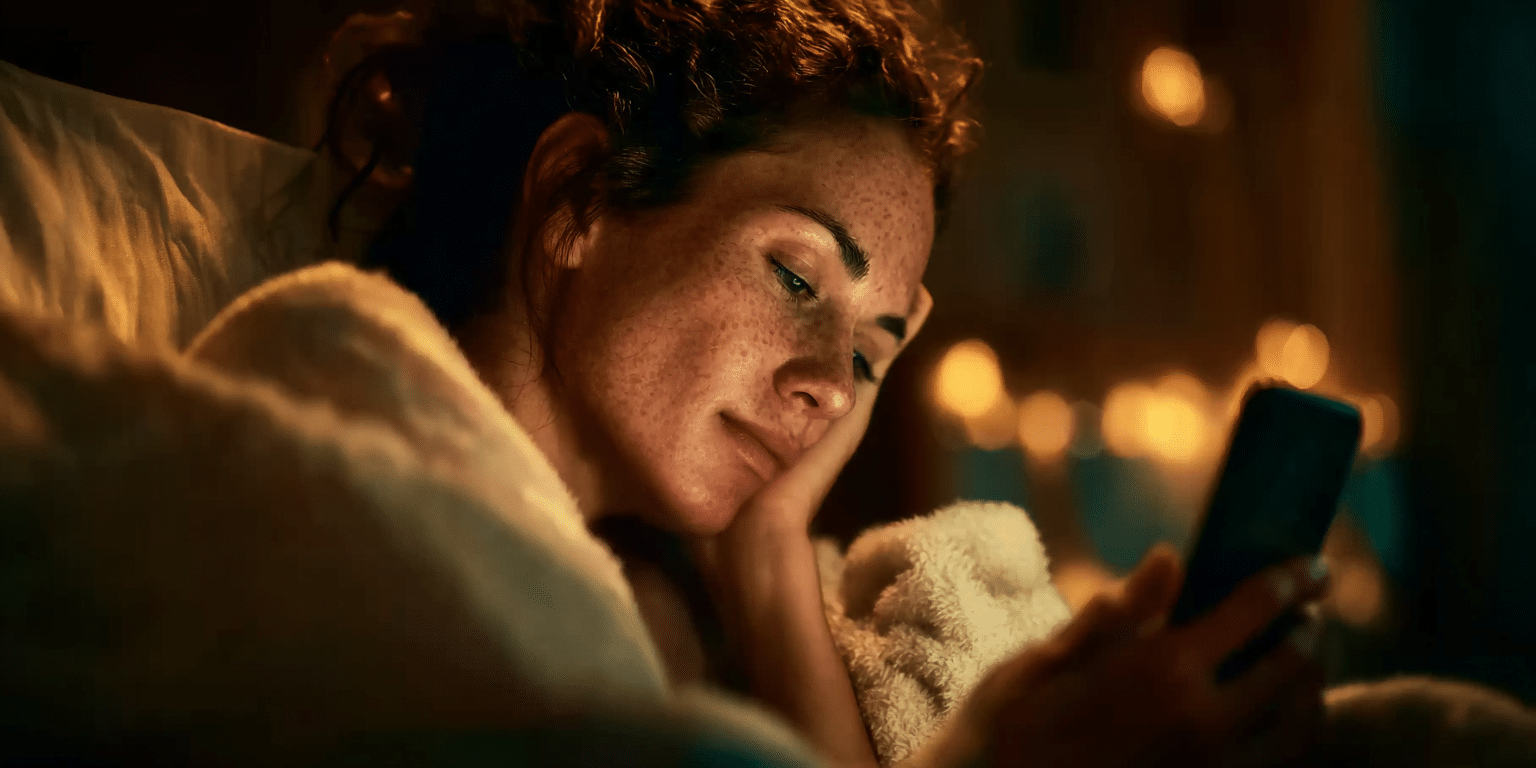Doomscrolling and Anxiety: Neuroscience Edition
Your Brain on an Endless Doomfeed
Picture this: You open your phone “for a second” and, before you know it, twenty minutes have vanished. Often, you start scrolling automatically, drawn into reading news after news, and the time spent can quickly add up—impacting your mental health. Headlines scream disaster, your heart rate ticks up, and your shoulders inch toward your ears. That jolt is your amygdala—your brain’s built‑in alarm—lighting up the fight‑or‑flight network. In milliseconds, the HPA axis orders a cortisol dump so you’re ready for real danger. Trouble is, your body can’t tell the difference between a bear and a barrage of bad news. Over time, doomscrolling can interfere with daily life, disrupting routines and overall well-being.
Quick stats
- 1 in 3 adults will experience an anxiety disorder in their lifetime (NIMH).
- People scroll social feeds hourly, yet 65% say it leaves them more stressed (Pew Research).
- Doomscrolling surged during early COVID lockdowns—and hasn’t returned to baseline (JAMA Netw Open, 2022).
What Exactly Is Doomscrolling?
“Doomscrolling” describes the habit of endlessly consuming negative online content—even when it makes you feel worse. There are many doomscrolling ways—ingrained habits that can be difficult to break and may require professional help, such as therapy, to address the underlying causes and develop healthier coping strategies. Psychologists began tracking the term during the pandemic, but the behavior isn’t new. Think of it as rubber‑necking on the digital highway: we know it’s distressing, but we can’t look away. Humans are hard‑wired to pay attention to threats—a legacy survival trait that online platforms monetize.
Doomscrolling can also be linked to an underlying mental health condition, such as OCD, anxiety, or depression, which may contribute to compulsive online behavior. The word doom in doomscrolling highlights the emotional impact and sense of anxiety or hopelessness that comes from consuming relentless negative news, especially during events like the COVID-19 pandemic.
Signs you might be stuck in the doom loop:
- Checking news or social apps the moment you wake up or right before sleep
- Feeling restless or on edge after scrolling yet continuing to refresh
- Struggling to focus on work or conversations because your mind jumps to the next headline
Local tip: If you’re in D.C., NAMI DC offers peer‑led groups where you can swap healthier media habits.
Why Negative Headlines Hijack Attention (Neuroscience 101)
Our brains prioritize bad news over good—a phenomenon called the negativity bias. Evolution favored those who noticed the rustle of a predator over the scent of wildflowers. Modern apps exploit this wiring with infinite scroll and unpredictable refreshes. Each swipe offers a chance at something new—the same variable reward system that makes slot machines addictive. After the amygdala triggers the fight-or-flight response, negative headlines can amplify fears and emotional responses, making us more susceptible to distress.
Researchers have linked high daily screen time with elevated cortisol and poor sleep quality, especially in young adults prone to anxiety. When negative content is the bulk of that screen time, the stress loop intensifies, priming your brain to expect more danger—and scroll for proof. Doomscrolling can trigger negative feelings such as anxiety, sadness, and stress, and individuals may feel anxious as a result of repeated exposure to negative news.
How Doomscrolling Super‑Charges Anxiety
Cortisol on Overdrive
Every doom‑laden swipe can spark a fresh pulse of the stress hormone cortisol. Repeated spikes keep your HPA axis humming, which over time sensitizes the brain’s fear circuits. The result? Anxiety that surfaces faster and lasts longer, even when you’re offline.
Sleep & Circadian Rhythm Disruption
Late‑night scrolling bathes your eyes in blue light, delaying melatonin release and wrecking sleep hygiene. Fragmented sleep leaves the amygdala even more reactive the next day—fuel for another doom‑scrolling binge.
Catastrophic Thinking Feedback Loop
When your feed is a parade of worst‑case scenarios, the mind starts rehearsing them. Studies link persistent catastrophic thinking to higher baseline anxiety and difficulty regulating emotions. Translation: the more you scroll, the scarier the world feels.
Are Some Brains Wired for Doomscrolling? (Risk Profiles)
ADHD & Novelty Seeking
Brains with ADHD are wired to chase stimulation. The rapid‑fire novelty in social feeds delivers a dopamine hit that feels irresistible. That same loop can make disengaging harder—especially when headlines are alarming.
High Trait Anxiety & Intolerance of Uncertainty
If you already struggle with uncertainty, doomscrolling can masquerade as “research.” But exposure to ambiguous threats actually heightens worry, according to trait‑anxiety studies. You scroll for relief and get… more dread.
Gen Z, Smartphones, and the Developing Prefrontal Cortex
For teens and young adults, the prefrontal cortex—the brain’s impulse‑brake—won’t fully mature until the mid‑20s. Constant access to pocket‑sized doom means their stress circuits get extra rehearsal time.
Break the Loop — Evidence‑Based Tactics
20‑Second Body Scan to Reset Vagal Tone
Slow, diaphragmatic breaths paired with a quick head‑to‑toe check calm the vagus nerve and smooth out heart‑rate variability spikes. Try it the moment you notice your thumb hovering over “refresh.”
News Buckets & Time‑Boxed Scrolling
Designate two short windows—say, breakfast and early evening—for headline checks. Sometimes called a news diet, you can trim stress without leaving you uninformed. Turn off push alerts the rest of the day.
Curate Balanced Feeds
Follow at least one solutions‑focused or good‑news account for every hard‑news outlet. Positive content can act as an emotional palate cleanser and lowers perceived threat levels.
Digital Helpers
- CBT‑i Coach for winding down before bed
- Headspace for three‑minute mindfulness breaks
When Anxiety Persists, Therapy Helps
If a doomscroll detox isn’t enough, therapy can uncover the deeper why behind the habit—unmet needs for safety, connection, or control. At Therapy Group of DC, depth‑oriented clinicians blend CBT techniques with insight‑oriented work to address both the anxiety symptoms and their roots.
What to Expect in Your First Session
- Collaborative goal‑setting—no one‑size‑fits‑all plans
- Practical coping skills to practice or insights to think on more between visits
- Hands‑on help with out‑of‑network reimbursement (we submit the claims for you)
Quick Recap
- Doomscrolling hijacks the brain’s threat circuits.
- Cortisol spikes + poor sleep turbo‑charge anxiety.
- Evidence‑based tactics—from body scans to news diets—shrink the habit loop.
- Professional support is there when self‑help plateaus.
Ready to trade doom for calm? Book an appointment with one of our DC therapists today.
Frequently Asked Questions About Doomscrolling and Anxiety
What is doomscrolling and why is it considered a bad habit?
Doomscrolling is the act of spending excessive time reading negative news stories and upsetting news on social media platforms and digital technology. While people doomscroll to stay informed about current events, this behavior often becomes a mindless habit that reinforces negative thoughts and feelings, leading to a self-perpetuating cycle of anxiety and psychological distress.
How does doomscrolling affect mental health and physical health?
Long term exposure to negative information and negative news through social media feeds can increase psychological distress, anxiety, and depression. It may also disrupt sleep patterns and circadian rhythm, which negatively impacts physical health. Additionally, spending too much time online doomscrolling can lead to decreased motivation, feelings of loneliness, and a decline in overall well-being.
What cognitive biases contribute to doomscrolling?
Cognitive biases such as confirmation bias, anchoring bias, and negativity bias influence human behavior by making individuals focus more on negative events and upsetting news. These biases cause people to assign greater weight to negative information, which can perpetuate the vicious cycle of doomscrolling and anxiety.
How can I break free from doomscrolling?
To stop doomscrolling, it helps to set time limits on news consumption, check your phone consciously rather than compulsively, and curate a balanced social media feed that includes positive news. Practicing mindfulness, engaging in physical activities, and seeking psychiatric care or clinical practice support can also aid in managing mental health issues related to doomscrolling.
Can doomscrolling lead to panic attacks or other mental health conditions?
Yes, doomscrolling can exacerbate mental health conditions such as anxiety disorders and depression. For some individuals, especially those with pre-existing mental health conditions, excessive exposure to negative news and violence related content can trigger panic attacks and increase psychological distress.
Why do social media platforms contribute to doomscrolling?
Social media platforms use algorithms that deliver more negative content if users engage with it, creating a dangerous place where negative news stories and social media posts dominate the feed. This endless stream of upsetting news leads people to spend more time online, which can worsen anxiety and mental health issues.
What role does applied research play in understanding doomscrolling?
Applied research helps identify the cognitive biases and addictive behaviors involved in doomscrolling, as well as its impact on mental health and physical health. This research informs strategies for digital hygiene, healthy use of technology, and interventions in clinical practice to promote well-being and help people stop doomscrolling.


